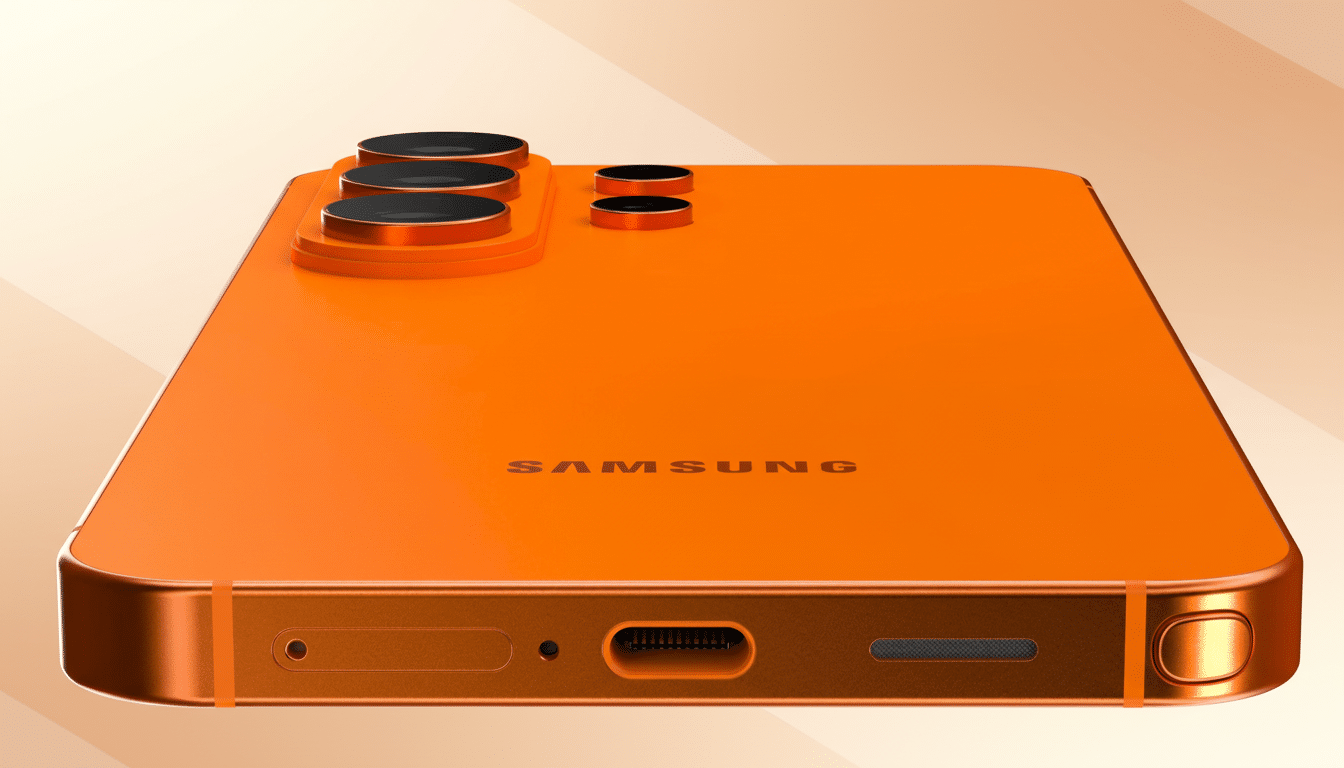Samsung is preparing to bring Exynos back to its flagship stage with a custom-tuned Exynos 2600 in select Galaxy S26 models. After sitting out the Galaxy S25 series in favor of Qualcomm’s Snapdragon 8 Elite, the company is betting that a new node, revamped AI silicon, and a more disciplined launch strategy can restore confidence in its in-house chips.
The question is not whether Exynos can “top every chart.” Exynos stumbled in the last cycle. The Exynos 2500 reportedly suffered low yields and delays, forcing Samsung to deploy Snapdragon across the S25 lineup while steering Exynos into more affordable devices. When the 2500 finally appeared in a foldable, CPU gains were mild and graphics only inched forward—hardly the turnaround fans had hoped for. That history frames the stakes for the 2600.

Samsung’s 2nm GAA gambit and the 3nm context
Samsung Foundry has telegraphed a major leap to a 2nm GAA node for the Exynos 2600, while Qualcomm’s Snapdragon 8 Elite Gen 5 is expected on TSMC’s mature 3nm N3P. Node-to-node comparisons are tricky, but GAA promises better electrostatic control and potentially higher efficiency at a given performance level. But consumers see improvement in operating temperatures, measured in degrees Celsius, and battery life, in hours.
- The catch is yield. Industry chatter has placed early 2nm yields anywhere from ~30% to ~50%, which, if accurate, may blunt cost advantages and complicate supply planning. TSMC’s N3P is steady and well-understood; Samsung’s 2nm is new and will face the usual ramp risks. The upside is obvious, but so is the execution burden.
- AI silicon is the headline feature
- Samsung has teased “next-gen AI” as a pillar of its upcoming phones, and the Exynos 2600’s NPU is the showpiece. Reports circulating in the Korean press suggest a sizeable leap, with claims that the new NPU could beat Qualcomm’s latest by roughly 30% in some workloads and dramatically outpace Apple’s current Pro-class NPU in others. As always, AI benchmarks vary wildly by model, precision, and operator support, but the direction is clear: on-device AI will be central to the S26 experience.
- Expect emphasis on high-throughput mixed-precision inference, token generation speed for large language models, and low-latency camera AI. If Samsung pairs the NPU with fast memory bandwidth and modern quantization toolchains, features like real-time generative editing, offline voice assistance, and smarter scene detection could feel meaningfully faster than last year’s flagships.
CPU and GPU expectations and sustained performance
Qualcomm’s proprietary Oryon CPU architecture has been the efficiency standard in recent Android flagships. The latest Arm CPU IP narrows the gap. However, according to the latest data, the indicated generation still lags behind Oryon in multi-core performance. In the case of Exynos 2600, it is likely that the parity is due to the higher sustained frequency due to the 2nm efficiency and the careful balance of core clusters capable of reducing throttling.
In terms of Xclipse GPUs, the sensation may be a next-generation GPU based on the AMD RDNA line, as reported by the above source. There is no doubt that it will be significantly superior to the Exynos GPUs from last year, perhaps even besting Snapdragon and Apple’s GPUs in terms of peak performance results. However, the most critical victory will be sustained gaming performance with less thermal frequency reduction, more stable ray tracing, and mature drivers for gamers, not a one-off benchmark win.

Snapdragon’s role and regional strategy for Galaxy S26
Don’t expect Snapdragon to vanish from the S26 Ultra—possibly the Plus—and globally. Still, don’t be surprised if the baseline S26 predominantly adopts Exynos in many regions, much like Samsung’s recent foldable strategy, allowing the company to de-risk supply and also showcase Exynos in a broader flagship. With an entry model targeting around $799, a competitive Exynos 2600 gives the line a value play without sacrificing user experience.
What Exynos 2600 must deliver to win back trust
To reset consumers’ confidence, Exynos 2600 doesn’t need to trounce Snapdragon everywhere. It needs to perform close to parity on CPU, be credible on GPU, class-leading on efficiency for everyday tasks, and robust on thermals and connectivity. With the S26, Samsung’s 2nm GAA projects good gains, and the NPU boost translates into valuable on-device AI, signaling a true reset for Exynos.
The data points to cautious optimism. The 2nm roadmap, Arm’s expanding CPU designs, and graphics with AMD all give the 2600 a shot. However, execution at scale—yields, firmware, drivers, and modem tuning—are all variables. If Samsung balances its 2nm push with engineering discipline, the S26’s custom Exynos may finally make the conversation about experience instead of excuses, and that’s how Exynos becomes great again.

